
10 Easy Checks to Stop Your Pressure Washer Being Ruined
July 21, 2015 | Gardening Tips | General Appliance Care & Advice | No comments
Blasting the dirt, moss or mildew off your unsuspecting paving slabs with your pressure washer is so satisfying that it doesn’t feel like a chore. Imagine then the horror of getting a pathetic trickle of water from your washer, rather than the usual powerful jet. This could be a reality if you don’t know how to maintain your machine.
To keep your washer working to its full potential on your car, garden furniture, patios and decking, here are some quick checks to incorporate into your pressure washing routine.
Before Pressure Washing

1. Check the O-rings for Leaks
Some of the joins in your pressure washer where the parts connect together will have round rubber rings, known as O-rings, to create a tight seal and prevent leaks. Split or worn O-rings could lead to a leaky washer.
If the O-rings are causing problems they’ll need replacing but this particular fix is a doddle. Just slip the old rings off (with a screwdriver to help you if needed) and pop the replacements on in their place.

2. Check the Water Inlet Filter
Like lots of appliances, pressure washers have filters to stop debris getting into them. You’ll find the filter at the point where you connect a water supply such as your garden hose to your appliance.
Inspect the filter.
- If it’s dirty or clogged give it a good rinse, using an old toothbrush to shift any stubborn debris.
- If it’s damaged it’ll need replacing or dirt could get into your washer and cause a worse problem.
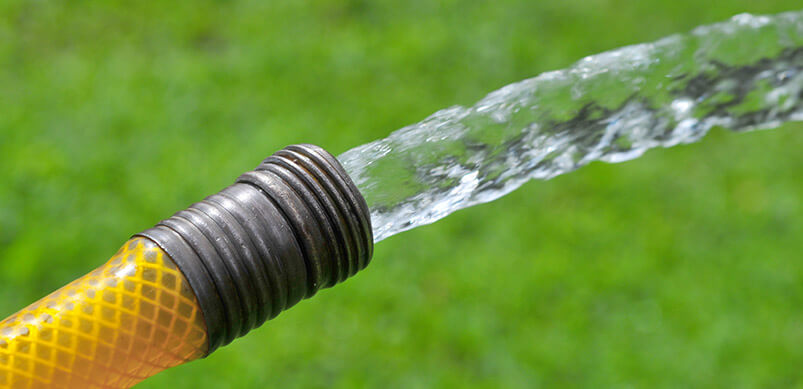
3. Flush Water Through Your Pressure Washer
Running your pressure washer with air inside it can be bad for the pump. Before turning your appliance on, remove the pressure hose, connect the garden hose and run water through it until the flow is constant.

4. Check the Nozzle
Wobbly, blocked, excessively dirty or damaged nozzles may need replacing. Just head on over to the eSpares site.
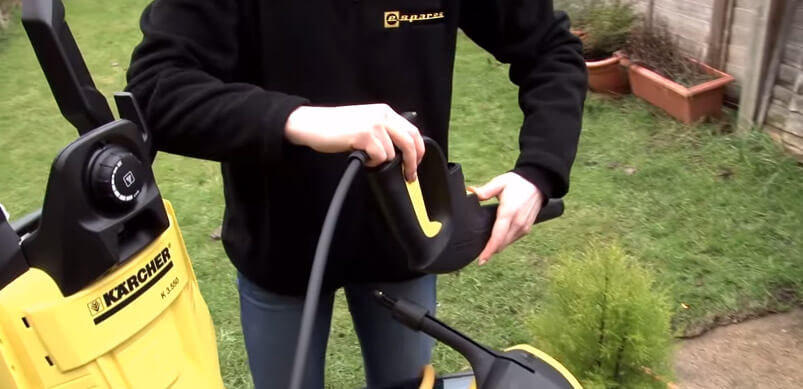
5. Give Your Appliance a Once Over
Check the spray gun trigger and trigger lock are working as usual. Feel along the hose and detergent siphoning tube and unblock them if you find any debris build-ups.

6. Untangle the Cable
We recommend always unravelling the electric cable fully before you use your pressure washer, otherwise, it could overheat.
An added safety precaution is plugging an RCD adaptor (which is a handy device that can prevent electric shocks) into the socket you’re using to power your appliance.
During Pressure Washing
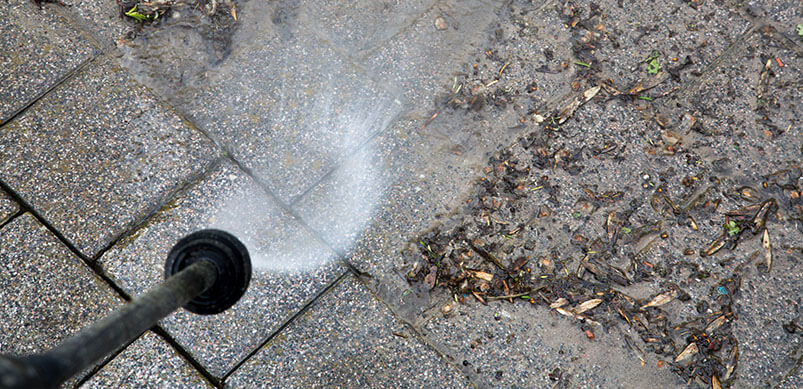
7. Keep an Eye on the Water Supply
Not having a continuous flow of water into your appliance can cause problems. Keep an eye out for kinks in the garden hose or the water level if you’re using a bucket to fill your pressure washer.
After Pressure Washing
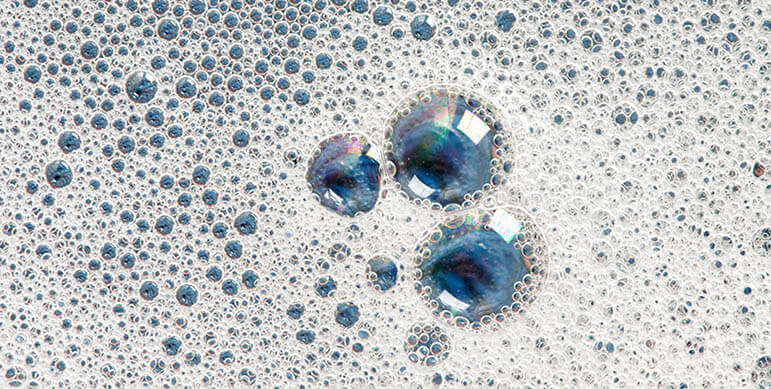
8. Flush out Chemicals and Detergents
After you’ve finished your washing jobs, run clean, detergent-free water through the pressure washer for a couple of minutes. Doing this will flush out any chemicals and detergent residue, which could corrode or block internal parts.

9. Remove Water if Storing for Long Periods
Water left in pressure washers can freeze and expand if they’re stored in a cold place. This understandably isn’t good for the appliance. Remove the hose attachment then run your pressure washer for a couple of seconds to push out the water left inside.
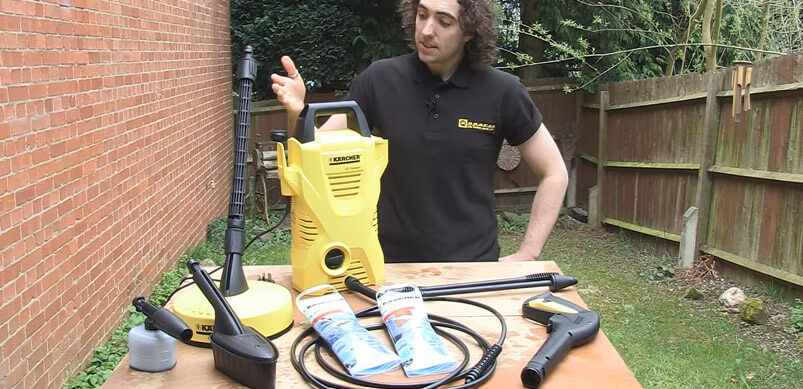
10. Disconnect the Attachments
Remove the high-pressure hose and any other attachments, drain the water out of them, check they’re not damaged then store them along with the main appliance in a dry and well-ventilated place. Make sure to pick somewhere where you’ll be able to find them again!
Taking just a little bit of time to look after your pressure washer reduces the risk of problems developing later down the line. If you do encounter a fault, just remember we’re here for you with the advice and parts you need to fix your machine.
Now, here are some pesky chores to tackle with your well cared for washer.

